Measurement Conversions are a common math standard taught in upper grades. It is one skill that students are continually building upon.
We all teach it and probably ask the same question… how can I make learning measurement conversions more engaging?! Well, you are in the right place. Let’s discover five effective ways to learn and practice measurement conversions.
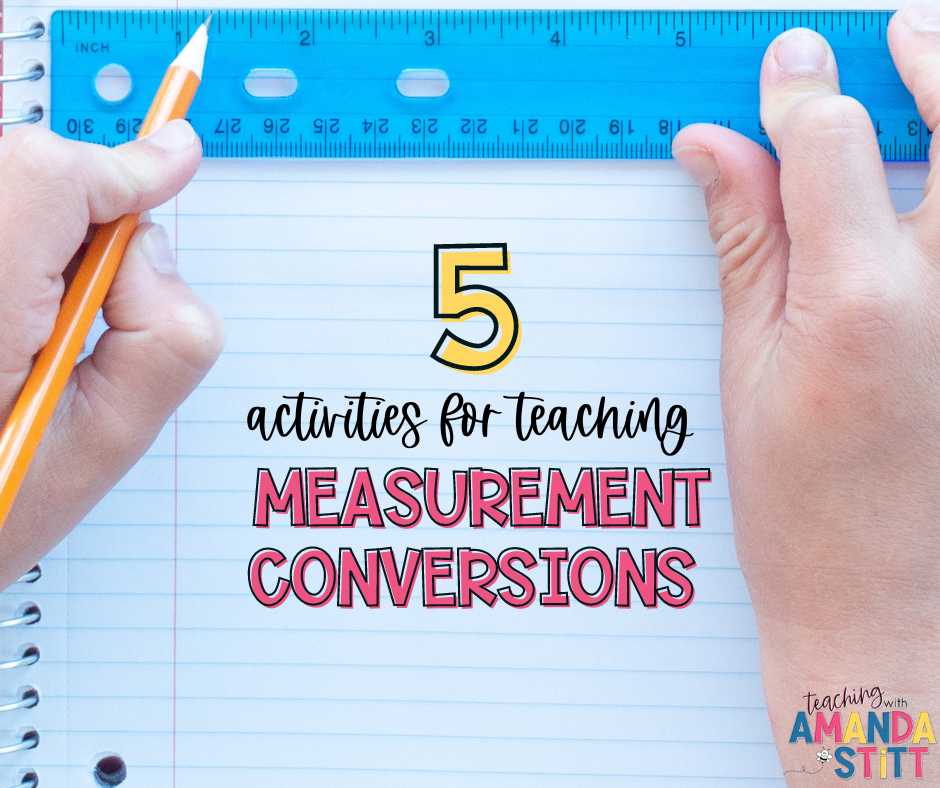
Let’s talk about learning measurement conversions…
Measurement conversions change one unit of measurement for a given quantity into a different unit of measurement. Common examples we teach include inches to feet, ounces to pounds, minutes to hours, and the metric system.
Why do they matter?
My brain automatically goes to my kitchen when I think about the importance of measurement conversions. I am an avid baker (Hello, sourdough!), constantly converting measurements. I love it when a recipe calls for 4 cups of chicken stock. Boom! I pull out the quart of chicken stock, and I don’t have to clean an extra dish!
But our students probably don’t have many experiences similar to that one. So, we must provide relevance and various learning experiences to help them understand this real-world math skill.
Here are some engaging and practical ideas for teaching and practicing measurement conversions.
Mnemonic Devices
Like songs and poems, mnemonics can be a very effective tool for students working on rote memorization skills. This tool is convenient when teaching students to remember the metric system.
Various mnemonic devices can be used here, but one of my favorites (that doesn’t involve someone’s unfortunate demise) is King Henry Doesn’t Usually Drink Chocolate Milk.
The K represents kilo, H is for hilo, D is for deca, U is for unit, D is for deci, C is for centi, and M is for milli.

Students use the mnemonic device to help them remember the order of the metric system. If they remember their order and understand that each measurement increases or decreases by a power of 10, they can more easily convert metric measurements.
Want to make it even more personal? Have students create their mnemonic device for remembering the metric system.
Use a Measurement Toolkit
This free download is an excellent resource for helping students learn measurement conversions. You can quickly build a toolkit for students to use while they complete measurement conversion activities.
The measurement toolkit is loaded with tools you can use to support your students with various measurement skills. Use the measurement conversion tools to build a toolkit for students needing extra support while practicing these skills. This toolkit pairs perfectly with worksheets, centers, games, and more.

Grab your free measurement toolkit here!
Picture Books
Sometimes picture books have a reputation for only being for little kids, and I don’t think that’s fair. Big kids still love being read to, and it can be a great way to explore learning measurement conversions. Here is a little list to add to your library.
How Long or How Wide by Brian Cleary
This book is filled with funny rhymes that explain how to use and compare the metric and US customary systems.
On the Scale, a Weighty Tale by Brian Cleary
It is a silly and fun book that explores the different units of measurement for weight.
A Second, a Minute, a Week with Days in It by Brian Cleary
This book is a fun way to explore measuring time from seconds to decades.
The Metric System by David Adler
This brightly illustrated book explains the history of the metric system and how to use it, and it even includes some do-it-yourself activities.
Capacity by Henry Pluckrose
This introductory book to capacity provides real-world examples of what capacity is and why measuring it correctly matters.
How Tall, How Short, How Far Away by David Adler
This fun book dives into the history of measurement and how we got to where we are today. It explores both the metric and US customary systems that we currently use.
Room for Ripley by Stuart J. Murphy
This book follows a young boy exploring capacity while preparing to get a new pet fish.
Whether introducing measurement conversions or reviewing them, these books are a great activity to add to your lessons.
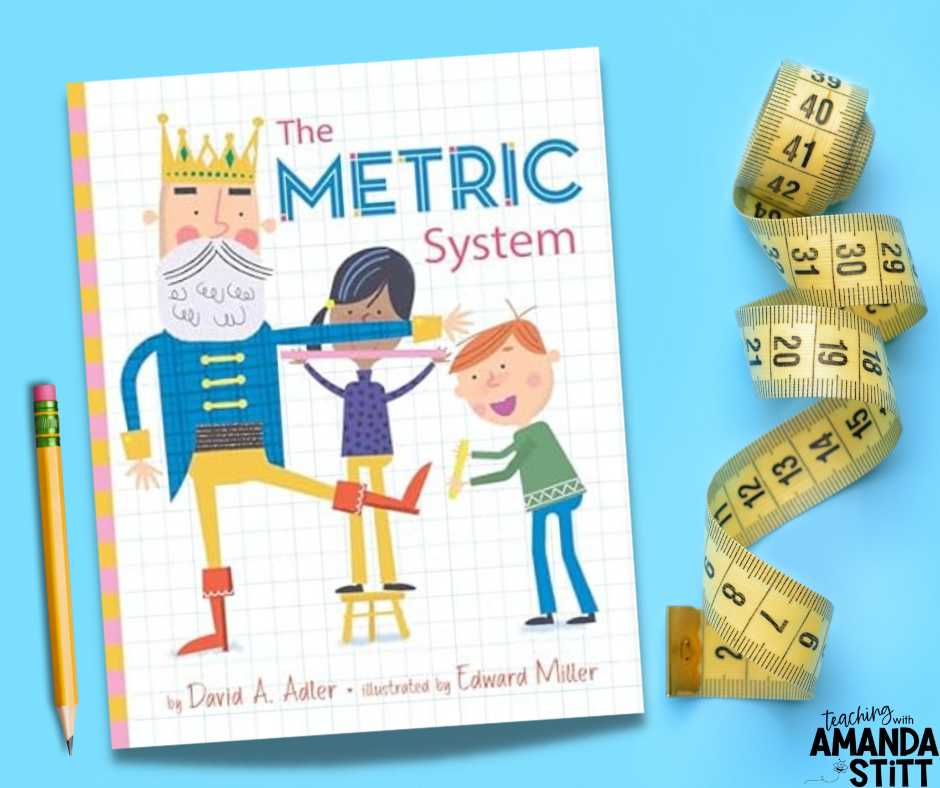
Math City Bakery
Do you want to give your students some paper and pencil practice for learning measurement conversions but don’t want just another worksheet? The Math City Bakery project is just what you need.
This real-world math project provides students with grade-level, standards-based measurement conversion practice. Students will practice measurement conversions with ingredient weights, capacity, length, and time. The Math City Bakery allows students to practice learning measurement conversions engagingly and authentically.
All Math City projects help students answer the age-old question, “When will I ever use this in the real world?” The Bakey project takes students inside a kitchen and shows them the critical role of measurement conversions.
Take a closer look at the Math City Bakery…
Hands-On
One of the best ways for students to learn any skill, including learning measurement conversions, is to get their hands dirty! Here are some ideas to do just that!
- Use a scale: Bring in a scale, both a floor scale and a kitchen scale. Have students weigh various objects (easy things that can be found around the classroom). Use those weights to convert to multiple units. This activity also helps students develop benchmarks for each measurement unit.
- Take a look at the weather: Use a thermometer to measure the weather and convert between Fahrenheit and Celsius. Discuss why the unit of measurement matters when measuring the temperature.
- Use measuring spoons and cups: Use a tablespoon to fill a measuring cup. How many tablespoons did it take to fill it? Use a quart to fill a gallon. How many times did they fill and empty the quart? Want to go next level? Use liquid and dry ingredients and discuss the differences when using measuring cups. I even love to talk about how many bakers use grams to measure their ingredients because of these discrepancies.

The options here are endless, but the idea is the same… let students explore learning measurement conversions by measuring and converting actual, real-world items.
Learning measurement conversions is a vital math skill in our upper-grade classrooms. Students will find themselves growing in their measurement conversion skills for many years. So, let’s make it a skill they enjoy learning and practicing. What is an activity you are going to try out this year with your students?
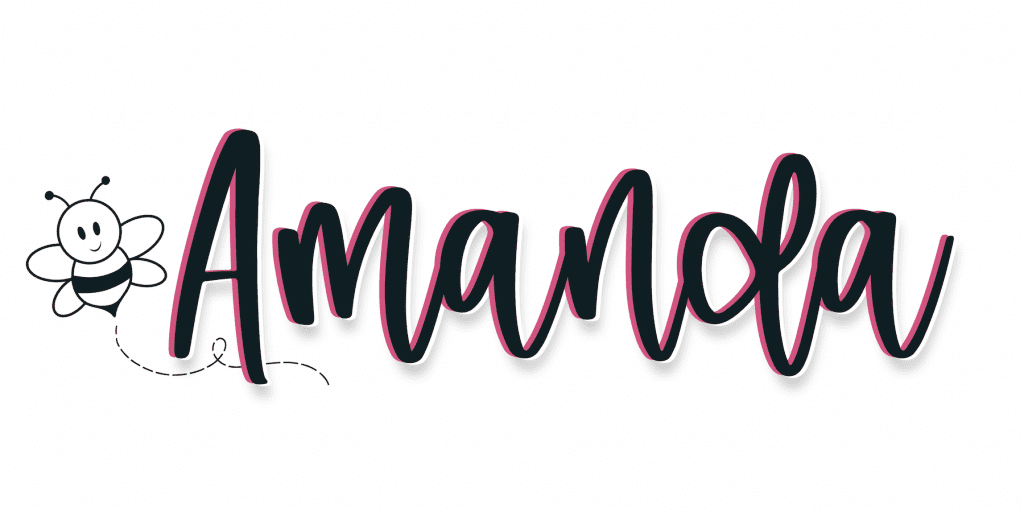


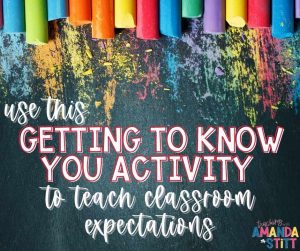
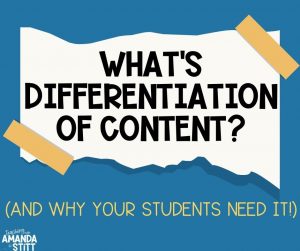

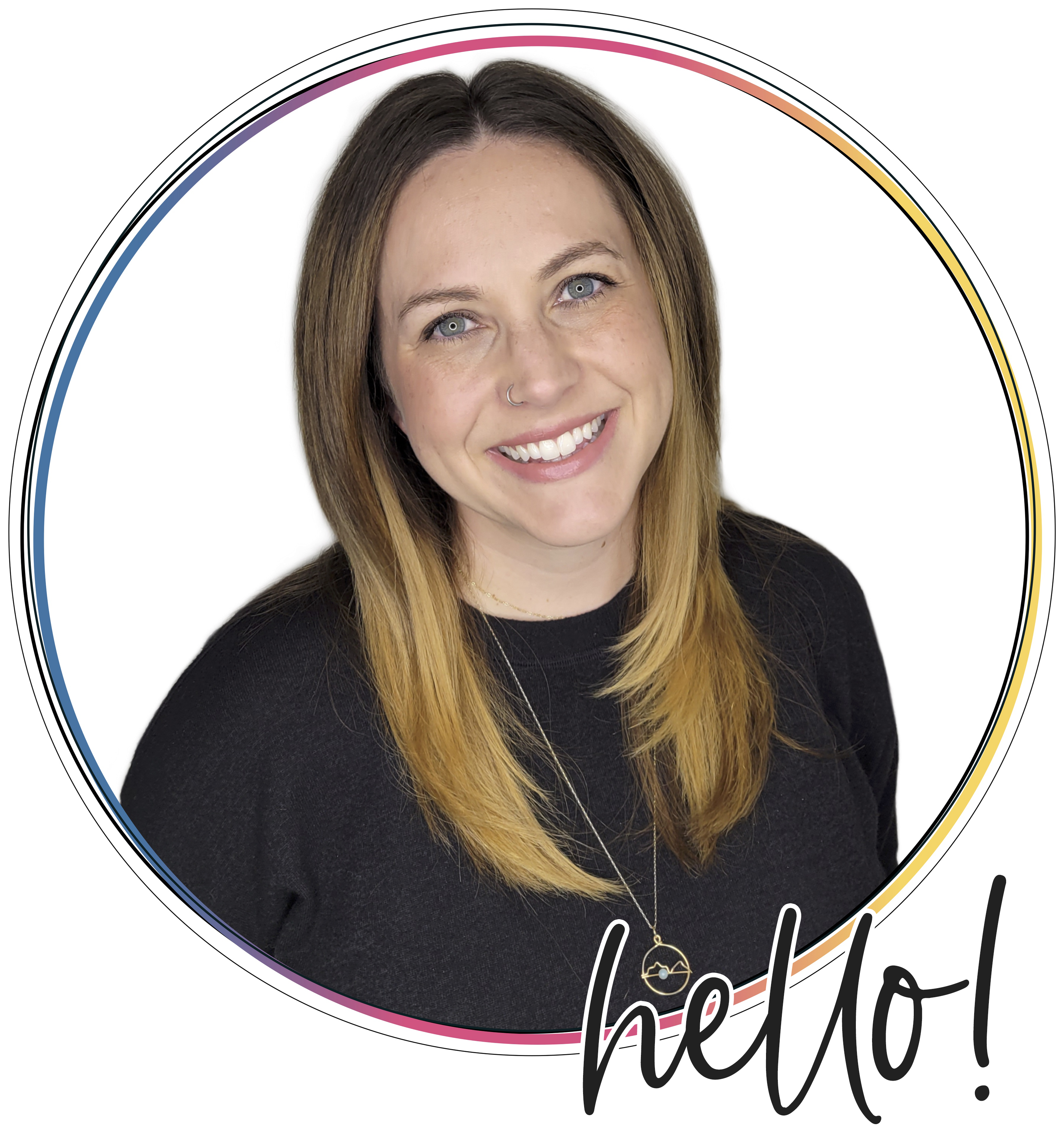
No Comments